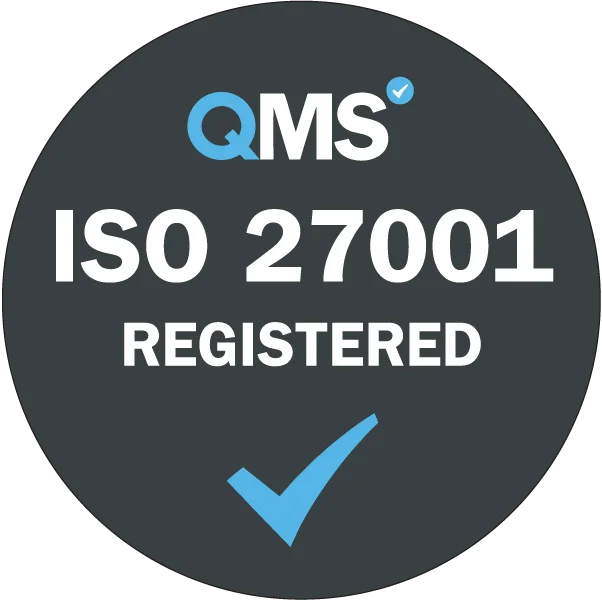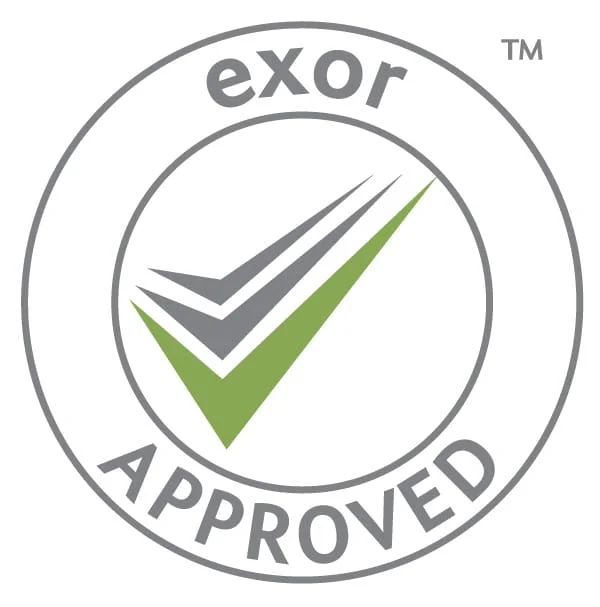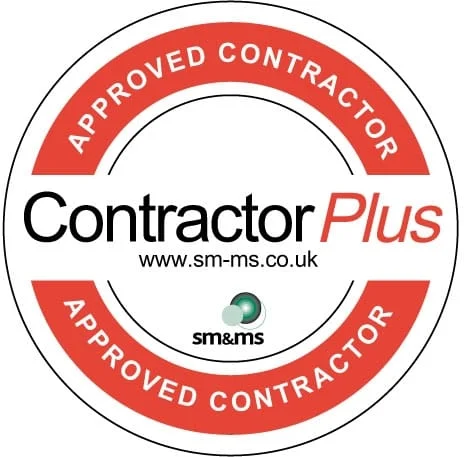A sewage treatment plant should be serviced every 6 to 12 months, depending on its size, usage and manufacturer guidelines. Regular servicing ensures the system runs efficiently, prevents breakdowns and maintains compliance with environmental regulations. Always follow the specific maintenance schedule provided by the manufacturer or seek advice from a professional for tailored recommendations.
Customer reviews on Google
4.3 ratings of 33 reviews

Sewage Treatment Plant Experts
Our engineers are specialists in providing top-tier sewage treatment plant services across the UK. Equipped with a national fleet of advanced tankers and backed by extensive training, they can tackle any challenge with precision and efficiency. Available 24/7, we support both commercial and domestic sewage treatment plants, ensuring your system operates smoothly and complies with environmental regulations. Our commitment to quality and reliability makes us the trusted choice for all your sewage treatment needs.
Sewage Treatment Plant Services
To keep your sewage treatment plant in optimal condition, follow the manufacturer’s guidance and maintain it regularly. Rule 12 of the UK Government guidelines recommends that you have your tank emptied and desludged at least once a year before it exceeds its maximum capacity. This will prevent excessive build-up and ensure it has enough capacity to work efficiently, as well as prevent pollution.
Metro Rod engineers utilise specialist equipment to inspect, empty and maintain sewage treatment plants. Some of these services include:
- Sewage Treatment Plant Installation
- Sewage Treatment Plant Guide & Advice
- Building Drainage Surveys
- Regulation Checks
- Sewage Treatment Plant Servicing & Maintenance
- Effluent Quality Checks
- Desludging and Cleaning
At Metro Rod, we offer emergency callouts 24 hours a day, as well as pre-planned maintenance services, which avoid unnecessary disruptions. So why not give us a call next time you are searching for a sewage treatment plant service near me.
Sewage Treatment Plant Servicing Additional Information
-
What is a Sewage Treatment Plant?
Sewage treatment plants, also known as wastewater plants, are used when access to a main sewage drain is not available for your area. They break down sewage by passing it through several different chambers, each with a different function, to separate and treat the waste. Friendly bacteria living in the treatment plant are used to break down organic waste, creating a much cleaner, environmentally friendly effluent.
The size of a sewage treatment plant depends on the number of people using it. For example, a domestic sewage treatment plant can service up to 50 people or 15,000 litres. For commercial buildings, industrial facilities and public facilities, a larger commercial sewage treatment plant is required.
Send an Enquiry -
What is the Difference Between a Septic Tank and a Sewage Treatment Plant?
Both are used on properties with no access to main sewer lines, but there are differences between them.
A septic tank is used to collect sewage and wastewater from a limited number of domestic properties. They are generally made up of two chambers, the sewage settles in the first chamber to collect scum (fats, oils and grease) on the top and sludge (solid waste) on the bottom; the separated liquid in the middle filters through into the second chambers and is discharged to a nearby soakaway or drainage field.
A sewage treatment plant typically has an extra chamber to treat wastewater and sewage to a higher level. After collecting the sewage in the first chamber, allowing it to settle and remove scum and sludge, the wastewater flows into a second chamber and is circulated to increase contact with air. This increases oxygen levels and encourages bacteria to grow, breaking down the sewage. This circulated wastewater flows into the third chamber where the bacteria are allowed to settle on the bottom, and the treated water flows out to a drainage field or soakaway. This creates a cleaner and environmentally friendly process by breaking down the waste over time.
Learn more about the differences between septic tanks and sewage treatment plants by reading our blog post.
Send an Enquiry
Accredited By
Customer Reviews
Here's what our customers say about us
Ben attended our shopping centre today..sep 27th,2025. Absolutely amazing service. Arrived with a smile, wasn't fazed by the problem Read more
Metro Rod engineer Harry along with Atac engineer Ben both worked tirelessly to ensure residents of Headway Read more
Paul from the Chester depot was superb. Fixed the leak and also cleared up the horrendous mess Read more
For every review, we’ll plant a tree
Each and every written review for Metro Rod plants a new tree. ReviewForest captures every review and guarantees the tree is planted.
Trusted by:





Wastewater Treatment Plant Servicing FAQs
How often should a sewage treatment plant be serviced?
What problems are there with sewage treatment plants?
Common problems with a sewage treatment plant include blockages, mechanical failures and issues caused by improper maintenance or incorrect usage. These can lead to inefficiencies, unpleasant odours and non-compliance with environmental regulations. Regular servicing and following the manufacturer’s guidelines are essential to keep the system operating smoothly and to prevent costly repairs.
Do you need to empty a sewage treatment plant?
Yes, a sewage treatment plant needs to be emptied periodically, typically every 6 to 12 months, depending on its size and usage. This process, known as desludging, removes accumulated sludge to ensure the plant operates efficiently. Regular emptying prevents blockages, system failures and environmental issues, helping to maintain compliance with regulations. Always refer to the manufacturer’s guidelines for specific desludging schedules.
How much does it cost to service a sewage treatment plant?
The cost to service a sewage treatment plant depends on factors such as the plant’s size, type and location. Additional costs can arise if repairs or parts are needed. Always enquire from qualified professionals for an accurate estimate.
How do you maintain a sewage treatment plant?
To maintain a sewage treatment plant, schedule regular servicing every 6 to 12 months and desludge the system as required to remove accumulated waste. Inspect components like pumps, aerators and tanks for wear or damage, and address issues promptly. Keep an eye on effluent quality to ensure compliance with regulations.








